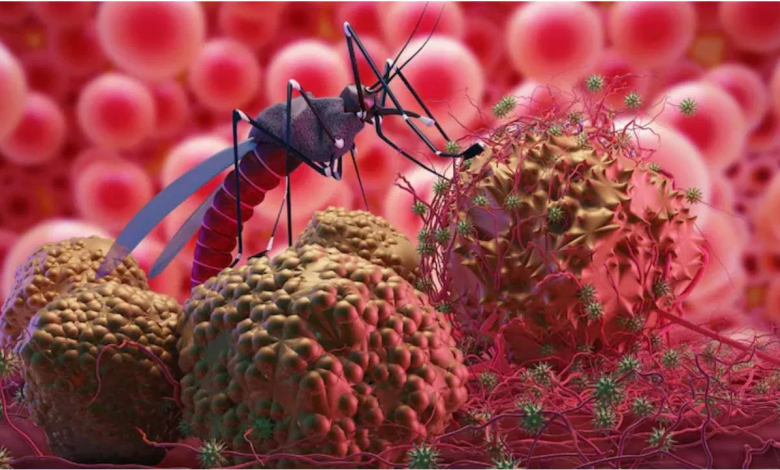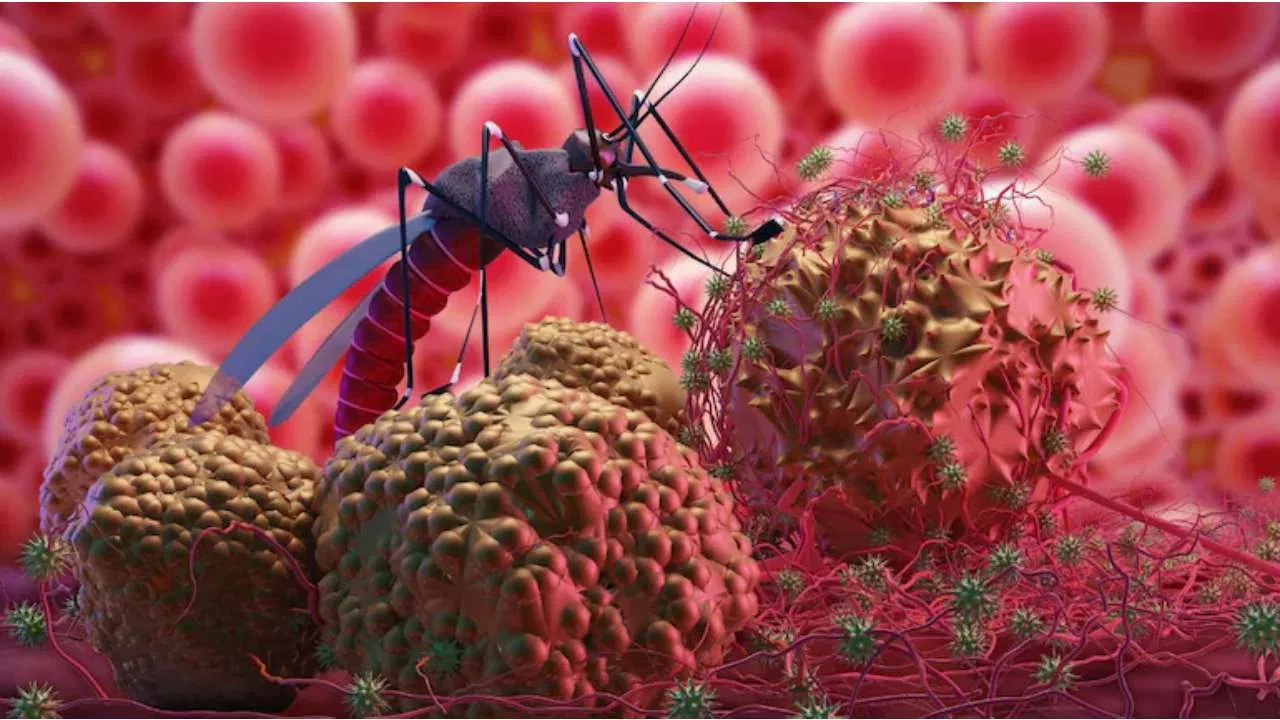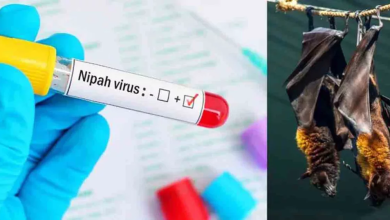Why is it Important to Confirm the Chandipura Virus in Samples?
Unveiling the Critical Role: Chandipura Virus Confirmation and Public Health

Chandipura Virus Confirmation: A Public Health Imperative

The Chandipura virus, a rare yet potentially deadly pathogen, poses significant public health concerns due to its rapid transmission and severe clinical manifestations. This blog post delves into the importance of confirming Chandipura virus in patient samples, the diagnostic methods involved, implications for disease management and prevention, and the critical role of laboratory confirmation in public health responses.
Introduction to Chandipura Virus
The Chandipura virus belongs to the Vesiculovirus genus of the Rhabdoviridae family, known for causing fever, flu-like symptoms, and acute encephalitis (inflammation of the brain). First identified during an outbreak in Chandipura village, Maharashtra, India, in 1965, the virus has sporadically caused outbreaks across South Asia. Transmitted primarily through vectors such as mosquitoes, ticks, and sandflies, Chandipura virus infections can progress rapidly, leading to neurological complications, coma, and mortality.
Clinical Manifestations and Public Health Impact
Spectrum of Disease
Chandipura virus infections typically present with:
- Fever: Sudden onset of high fever, often accompanied by chills and malaise.
- Flu-like Symptoms: Headache, body aches, and nausea.
- Neurological Complications: Seizures, altered mental status, and focal neurological deficits, particularly in severe cases.
Pediatric populations, especially children under five years old, are particularly vulnerable to developing severe encephalitis and neurological sequelae, highlighting the urgency of early diagnosis and intervention.
Public Health Concerns
The emergence of Chandipura virus outbreaks necessitates robust surveillance, rapid diagnosis, and coordinated public health responses. Effective management hinges on timely laboratory confirmation of suspected cases to initiate appropriate medical care, implement vector control measures, and mitigate transmission risks within affected communities.
Importance of Confirming Chandipura Virus in Samples
Diagnostic Accuracy
Laboratory confirmation of Chandipura virus in patient samples is paramount for:
- Clinical Management: Guiding healthcare providers in implementing targeted treatment strategies and supportive care for affected individuals.
- Public Health Response: Facilitating epidemiological investigations to identify transmission sources, assess disease burden, and implement timely control measures.
Differentiating from Other Pathogens
Given the overlap in clinical symptoms with other febrile illnesses and encephalitis-causing pathogens, such as Japanese encephalitis virus and enteroviruses, accurate laboratory diagnosis distinguishes Chandipura virus infections from differential diagnoses. This differentiation informs clinical decision-making, enhances disease surveillance, and prevents unnecessary public health alarms.
Surveillance and Outbreak Control
Early detection and confirmation of Chandipura virus cases enable health authorities to:
- Initiate Surveillance: Monitoring disease trends and identifying clusters of cases to anticipate and respond to outbreaks swiftly.
- Implement Control Measures: Deploying targeted vector control interventions, enhancing community awareness, and mobilizing healthcare resources to mitigate further transmission.
Diagnostic Methods for Chandipura Virus Confirmation
Laboratory Techniques
- Polymerase Chain Reaction (PCR): Molecular assays detect viral RNA in patient samples, enabling specific identification of Chandipura virus genetic material.
- Serological Testing: Detection of virus-specific antibodies (IgM and IgG) in serum samples provides retrospective evidence of recent or past Chandipura virus infection, complementing molecular diagnostics.
Role of National Reference Laboratories
National and regional reference laboratories, such as the National Institute of Virology (NIV) in Pune, India, play a pivotal role in confirming Chandipura virus infections through:
- Quality-Assured Testing: Implementing standardized laboratory protocols and quality assurance measures to ensure accurate and reliable diagnostic results.
- Epidemiological Surveillance: Collaborating with public health agencies to analyze epidemiological data, track disease trends, and inform evidence-based policy decisions.
Public Health Implications and Preventive Strategies
Vector Control Measures
Effective prevention of Chandipura virus transmission involves:
- Environmental Management: Eliminating mosquito breeding sites, reducing stagnant water sources, and implementing larvicidal and adulticidal treatments to curb vector populations.
- Personal Protection: Encouraging the use of insect repellents, wearing long-sleeved clothing, and installing window screens to minimize mosquito and sandfly bites, particularly during peak transmission seasons.
Health Education and Community Engagement
Promoting public awareness about Chandipura virus risks, symptoms, and preventive measures fosters community engagement and compliance with public health recommendations. Educational campaigns empower individuals to seek timely medical care, participate in vector control initiatives, and adopt proactive health behaviors.
Research Advances and Future Directions
Vaccine Development
Ongoing research efforts focus on developing safe and effective vaccines against Chandipura virus to confer protective immunity and mitigate disease burden. Preclinical studies and clinical trials aim to evaluate vaccine candidates’ efficacy, safety profiles, and potential for population-wide immunization strategies.
Surveillance Enhancement
Advancements in genomic surveillance, rapid diagnostic technologies, and data analytics enhance real-time monitoring of Chandipura virus circulation, facilitating early detection of emerging variants and adaptive responses to evolving epidemiological challenges. Just as we know Why is the ‘Brain-Eating’ Amoeba Dangerous?
Conclusion
In conclusion, confirming Chandipura virus in patient samples through rigorous laboratory testing is indispensable for guiding clinical management, initiating public health interventions, and mitigating transmission risks. Accurate diagnosis differentiates Chandipura virus infections from similar diseases, informs epidemiological surveillance, and enhances preparedness to respond to outbreaks effectively. By prioritizing diagnostic accuracy, research innovation, and collaborative partnerships, stakeholders can strengthen global health security, safeguard vulnerable populations, and mitigate the impact of emerging infectious diseases like the Chandipura virus.
As the landscape of infectious disease epidemiology evolves, sustained investments in healthcare infrastructure, research capabilities, and community resilience remain critical pillars in achieving sustainable health outcomes and preventing future outbreaks of Chandipura virus and other emerging pathogens.




